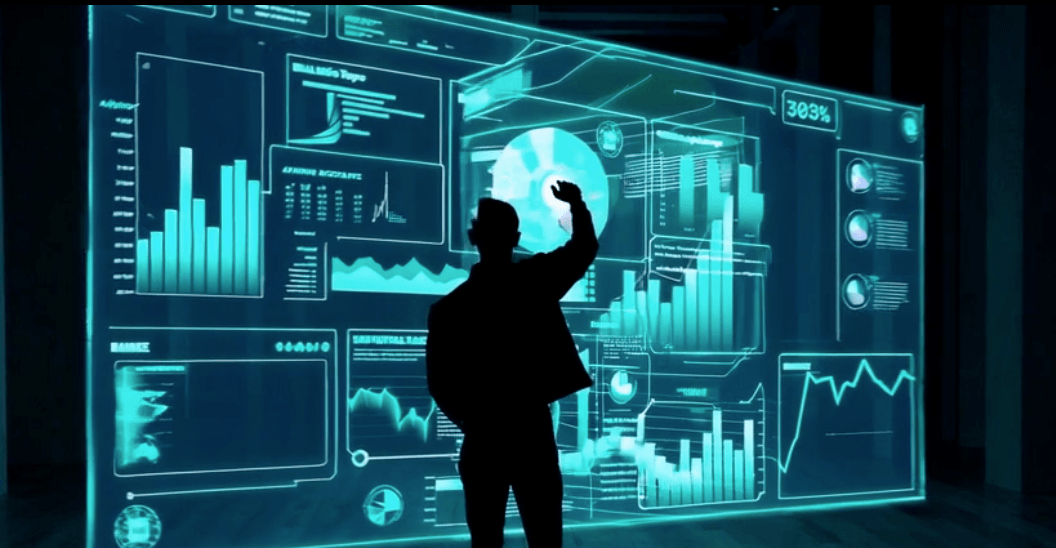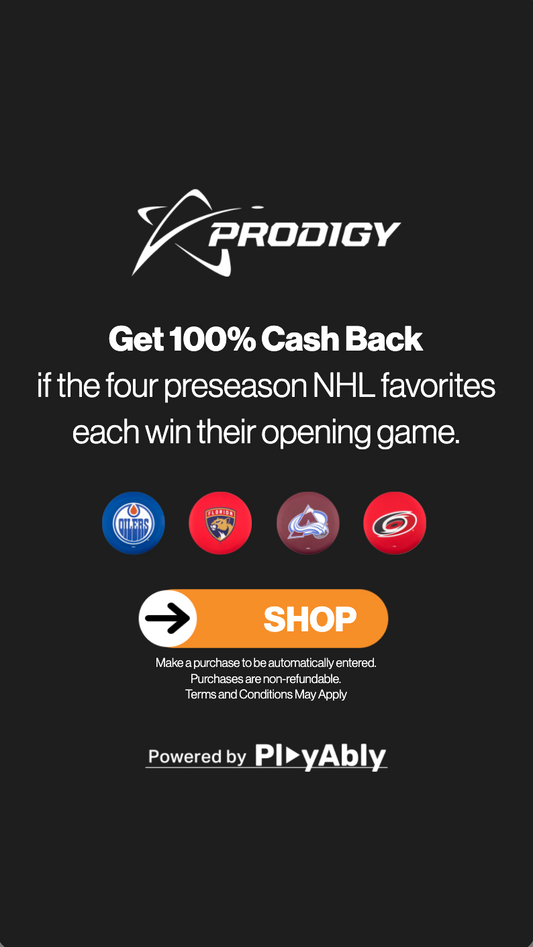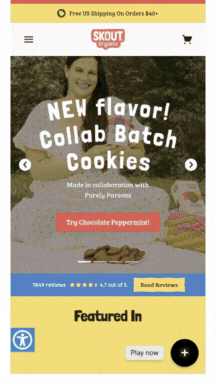The Future of Conversion Optimization: AI, GA4, and Beyond
Vintage Cars Customizable Game
Creating Customer Journeys Experiences in eCommerce with Gamification
Download The Guide
The way businesses optimize for conversions is evolving rapidly. Traditional strategies—like A/B testing and basic funnel analysis—are no longer enough to keep up with shifting consumer behavior. AI-driven insights, predictive analytics, and new tools like Google Analytics 4 (GA4) are revolutionizing how brands improve their conversion rates.
The future of conversion optimization isn’t just about testing what works—it’s about predicting what will work. By leveraging AI, machine learning, and advanced data analytics, businesses can optimize user experiences in real-time, ensuring higher engagement and conversion rates.
Vintage Cars Customizable Game
Gamification and conversion optimization go hand in hand. While gamification keeps users engaged, conversion optimization ensures that engagement leads to action—whether that’s making a purchase.
Download The GuideHow AI is Transforming Conversion Optimization
Predictive Personalization for Smarter Conversions
AI allows brands to predict what customers want before they even realize it. Instead of serving generic landing pages and product recommendations, AI-driven conversion optimization tailors the user experience to each visitor.
-
Dynamic content adjustments: AI can modify CTAs, pricing, or product recommendations based on a user’s past behavior.
-
Automated chatbots and virtual assistants: AI-powered bots provide instant support, resolving customer concerns before they abandon their carts.
-
Smart upselling and cross-selling: AI suggests relevant products at checkout, increasing average order value.
Example: An eCommerce brand implementing AI-powered product recommendations saw a 26% increase in conversions due to better personalization.
AI-Powered A/B Testing and Real-Time Adaptation
Traditional A/B testing is time-consuming, requiring weeks of data collection before businesses see results. AI-driven testing accelerates this process by dynamically adjusting website elements in real-time.
-
Automated variant selection: AI can instantly detect and push high-performing page elements without manual intervention.
-
Multi-arm bandit testing: Instead of waiting for a single winner, AI continuously optimizes which variations perform best for different audience segments.
-
Heatmap and behavior analysis: AI tools analyze where users click, hover, and drop off, providing deep insights into engagement patterns.
A SaaS company using AI-driven A/B testing reported a 17% faster increase in conversion rates compared to traditional testing methods.
GA4 and the Next Generation of Conversion Tracking
The End of Universal Analytics and What It Means
Google’s switch to GA4 represents a major shift in how businesses track and optimize conversions. Unlike Universal Analytics, which relied heavily on session-based data, GA4 is built on event-based tracking—providing a more accurate view of user interactions across platforms.
-
More granular event tracking: Businesses can now track micro-conversions, like video views or button clicks, to refine optimization strategies.
-
AI-powered insights: GA4’s predictive analytics help brands anticipate churn risk and potential conversions.
-
Cross-device tracking: GA4 provides better visibility into the customer journey across mobile, desktop, and apps.
Leveraging GA4 for Smarter Optimization
To maximize GA4’s potential, businesses should:
-
Define key conversion events beyond purchases—such as content engagement, downloads, or form submissions.
-
Utilize predictive analytics to identify users likely to convert and tailor campaigns accordingly.
-
Integrate GA4 with AI tools to automate reporting and uncover hidden optimization opportunities.
One retail brand using GA4’s AI-powered insights adjusted its ad targeting strategy and saw a 32% increase in conversion rates.
The Role of Automation in Conversion Optimization
AI-Driven Marketing Automation
AI doesn’t just optimize websites—it also enhances marketing efforts that drive conversions. AI-powered automation allows brands to:
-
Personalize email sequences based on customer behavior.
-
Automatically adjust ad bids for better return on ad spend.
-
Optimize push notifications and SMS marketing based on user engagement history.
A B2B company using AI-driven email automation reported a 40% higher lead-to-conversion rate by tailoring content dynamically.
Real-Time Pricing Optimization
Dynamic pricing models powered by AI adjust product prices in real-time based on demand, competitor pricing, and user behavior.
-
Competitor-based pricing: AI scans competitor prices and adjusts accordingly.
-
Customer-specific discounts: Personalized pricing is offered based on shopping history.
-
Time-sensitive offers: Flash discounts are triggered for hesitant buyers.
This technique has helped travel and eCommerce brands increase conversions by up to 20%.
The Future of Conversion Optimization: What’s Next?
AI-Generated Landing Pages
Future AI models will create and modify landing pages based on real-time user intent, eliminating the need for manual optimization.
Voice and Chat-Based Conversions
With the rise of voice search and AI-powered assistants, businesses will need to optimize for conversational conversions—where users complete purchases entirely through voice or chat.
Zero-Click Conversions
Google’s continued evolution may soon allow businesses to convert customers directly from search results—removing the need for users to even visit a website.
Preparing for the Future of Conversion Optimization
Conversion optimization is no longer about making small tweaks—it’s about leveraging AI, automation, and data-driven insights to stay ahead of the curve. Brands that embrace AI, integrate GA4 effectively, and optimize for emerging trends will see the highest conversion growth in the coming years.
By adopting these advanced strategies, businesses can ensure they don’t just keep up with the digital landscape—they lead it.



